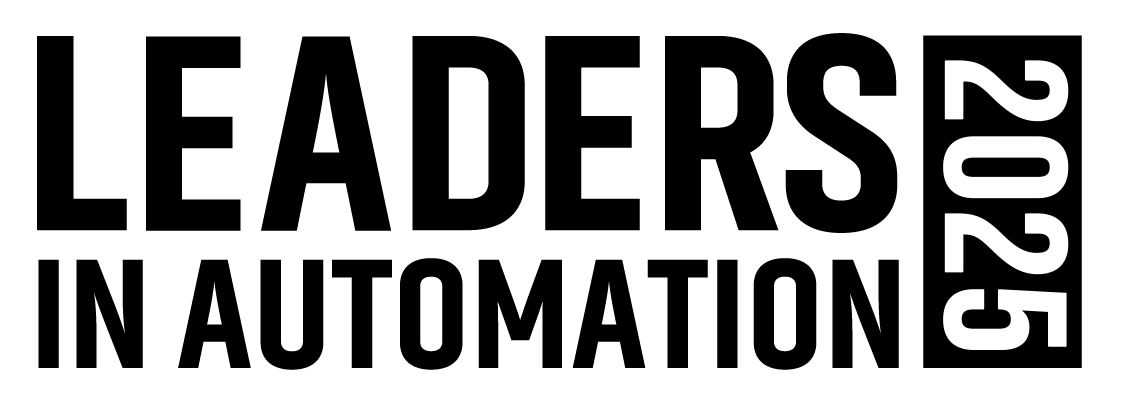End-of-arm tooling (EOAT) for robots has come a long way over the past decade. Prior to the advances made recently, changing EOATs was often difficult, time consuming and offered limited choices. Today, however, EOAT changeovers are relatively quick and easy (plug-and-play options even exist) and the number of choices that span a range of applications has exploded. Even so, these EOATs tend to be highly specialized by the robot manufacturer and its partner ecosystem.
Through a partnership with AMT Precision Parts, however, Kawasaki Robotics now enables use of off-the-shelf tools for applications such as polishing, routing, drilling, grinding and deburring.
In Kawasaki Robotics’ exhibit at Automate 2024, a multi-use, compact fabrication cell from AMT was featured. In this demonstration, the cell used a Kawasaki RS007L robot, though AMT can configure the cell using any robot from Kawasaki—up to its1500 kilogram payload robots.
Referencing the cell’s ability to use off-the-shelf tools with its EOAT, Zachary Thoma, regional sales manager with Kawasaki Robotics, said, “By using tools that you can get right off the shelf, maintenance workers love this kind of thing. And let's face it, those are the guys that make the shop run.”
New cobot line with Neura
Also at Automate 2024, Kawasaki Robotics announced the forthcoming availability of its new CL Series collaborative robots being delivered via a partnership with Neura Robotics. According to Kawasaki Robotics, the CL series is designed and built in Germany and uses Neura Robotics’ robot assistance technology.
The CL Series is IP66 rated and has speeds of 200°/s, repeatability of ± 0.02 mm and a range of payload capacities and reach lengths: 3 kg/590 mm, 5 kg/800 mm, 8 kg/1300 mm and 10 kg/1000 mm.
Kawasaki says the CL series’ proprietary safety architecture addresses positions, speed, torque, zones, limits and collision detection, allowing these cobots to operate alongside human workers.
These new cobots also feature common interfaces such as digital I/O, safety I/O and Ethernet. The TCP connector flange offers digital I/O ports (in/out), analog in ports, and a 24V 600 mA power supply.
Leaders relevant to this article:


